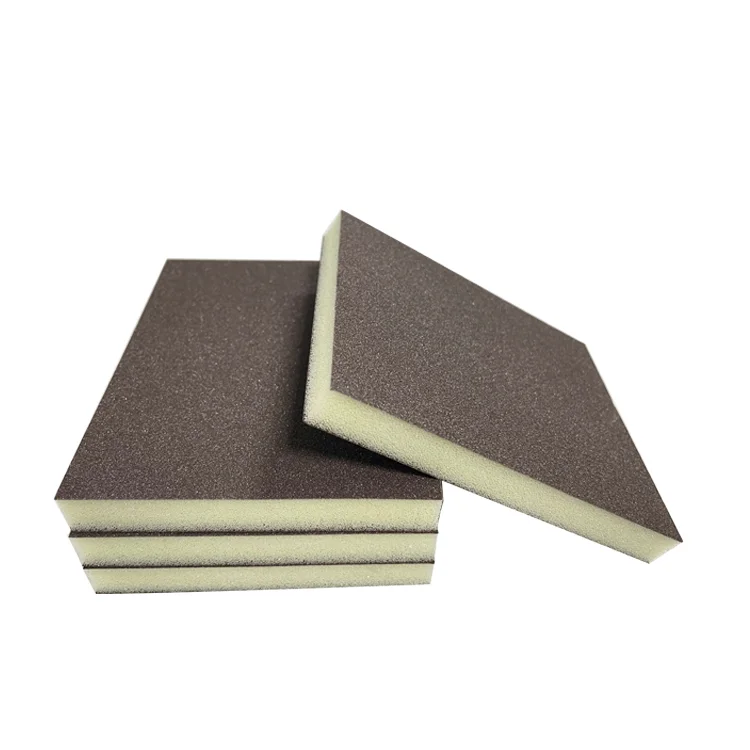When it comes to ensuring a safe and healthy working environment, 3M cartridges play a crucial role in filtering out harmful contaminants. However, to maintain optimal performance and protect yourself effectively, it is essential to understand how often these cartridges should be replaced. In this article, we will delve into the factors that influence cartridge lifespan and provide practical guidelines for replacement intervals.
- Understanding 3M Cartridges:
Before discussing replacement intervals, let's briefly explore the composition and functionality of 3M cartridges. These cartridges are designed to filter out various airborne contaminants, such as dust, fumes, gases, and vapors. They consist of a combination of activated carbon, sorbents, and filters, each serving a specific purpose in removing specific pollutants. - Factors Influencing Cartridge Lifespan:
Several factors determine how long a 3M cartridge can effectively filter contaminants. Understanding these factors will help you determine the optimal replacement interval:
a. Contaminant Concentration: The higher the concentration of contaminants in the environment, the quicker the cartridge will reach its saturation point. Regular monitoring of air quality and adjusting replacement intervals accordingly is crucial.
b. Work Environment: Different industries have varying levels of airborne contaminants. For instance, construction sites may have higher levels of dust and particulate matter, while chemical laboratories may have more volatile organic compounds. Assessing the specific work environment will aid in determining replacement frequency.
c. Duration and Frequency of Use: The more frequently and for longer durations the cartridges are used, the faster they will reach their capacity. Regularly assess usage patterns and adjust replacement intervals accordingly.
d. User Sensitivity: Individuals with respiratory conditions or sensitivities may require more frequent cartridge replacements to ensure optimal protection.
- Recommended Replacement Intervals:
While there is no one-size-fits-all answer to how often 3M cartridges should be replaced, the following guidelines can help:
a. General Recommendation: As a general rule, it is advisable to replace cartridges at least every 40 hours of use or every 30 days, whichever comes first. This ensures that the cartridges are not overwhelmed by contaminants and maintain their efficiency.
b. Visual Inspection: Regularly inspect the cartridges for signs of physical damage, such as cracks or tears. If any damage is detected, replace the cartridge immediately, regardless of the recommended interval.
c. Odor or Taste Detection: If you notice an unusual odor or taste while wearing the respirator, it may indicate cartridge saturation. Replace the cartridge promptly to maintain effective protection.
d. Compliance with Regulations: Some industries have specific regulations or guidelines regarding cartridge replacement intervals. Ensure compliance with these regulations to meet safety standards.
Conclusion:
Properly replacing 3M cartridges is crucial for maintaining a safe and healthy work environment. By considering factors such as contaminant concentration, work environment, usage patterns, and user sensitivity, you can determine the optimal replacement intervals. Following the recommended guidelines and regularly inspecting cartridges will ensure maximum efficiency and protection. Stay proactive in safeguarding your respiratory health and optimize the performance of your 3M cartridges.



